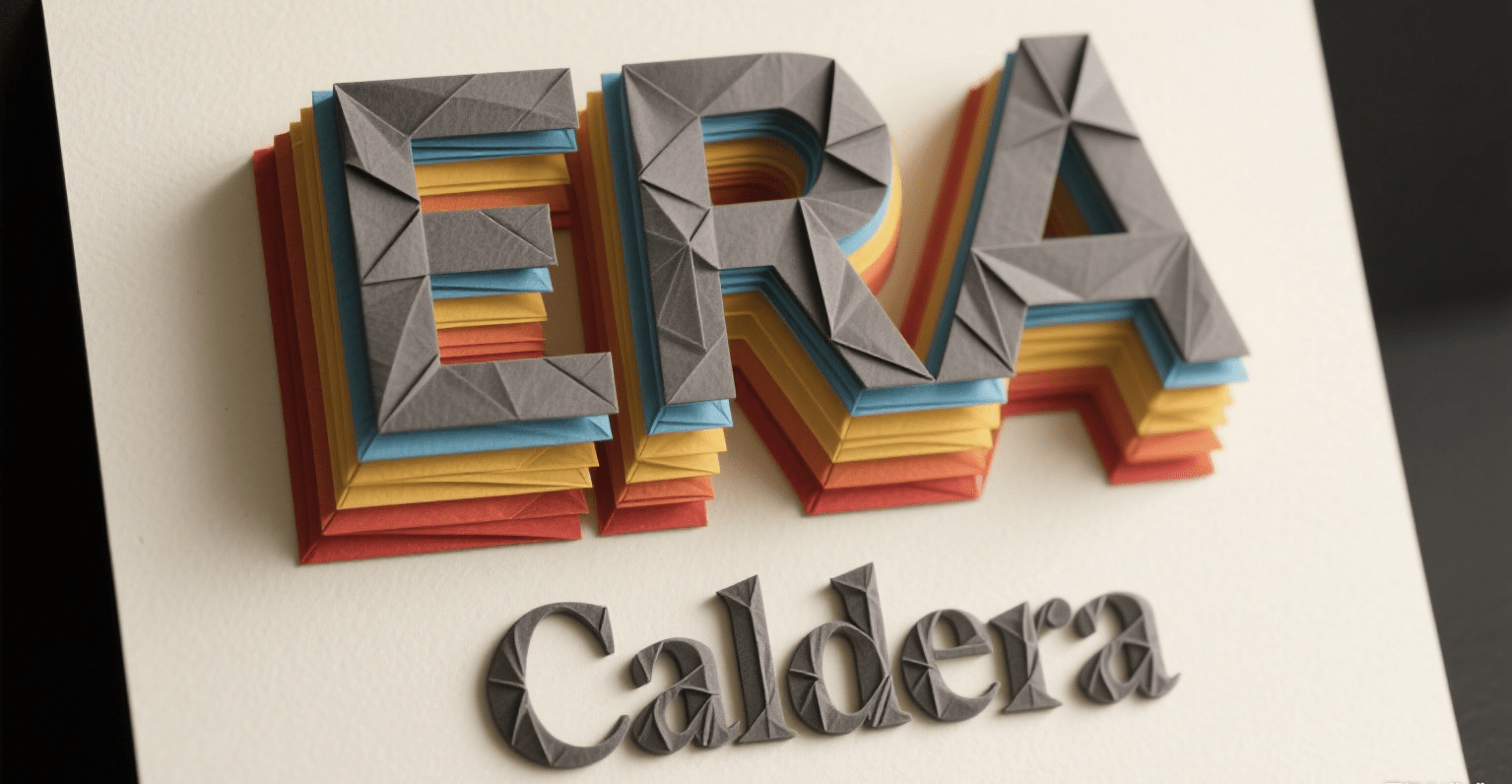Last month, I helped the game team set up the server on the chain and was almost driven mad by the word 'customized.' I wanted to add a real-time battle data module, but the main chain said 'not enough memory'; I wanted to optimize the transaction speed of NFT items, and changing parameters on the existing public chain was more troublesome than disassembling Legos. Until I tried Caldera, I suddenly realized that blockchain can be played like building blocks—ERA tokens are that box of universal connectors that put together all the function modules into what we wanted to see ✨
It's not just a single chain, but a freely assembled on-chain Lego pool
Traditional public chains are like fixed Lego sets, with functions permanently welded; Caldera is more like a bulk Lego wall, you can pull out whatever you lack:
Friends doing DeFi want an 'ultra-fast settlement' module? Grab an Optimistic Rollup component; transfer confirmations are as quick as pressing the fast forward button ⏩, and his lending DApp's response speed increased by 3 times;
Does my game team need 'large capacity data storage'? Choose a ZK-Rollup module; player equipment information is stored more stably than a hard drive, and there's no fear of congestion on the main chain 🚗;
The most amazing part is the 'module interconnector'; last week, I 'twisted' the game chain and the payment chain together using ERA tokens, player recharges for NFT items and data synchronization occurred as quickly as grabbing things from the same drawer 🔗;
The secret of building blocks: ERA tokens are the universal screwdriver
This token isn't just an ordinary block, it's more like a magnetic screwdriver:
Twist a 'custom screw', and you can change the chain's 'skin'—I added an 'anti-cheat chip' module to the game chain, and with ERA paid a small fee, the parameters changed faster than changing a phone wallpaper 📱;
Twist a couple of 'interconnection screws', and cross-chain transfers are as smooth as handing over building blocks. After my friend's e-commerce chain and logistics chain were connected, order information from payment to shipment never dropped the chain 📦;
It can even act as 'Lego glue', staking ERA to become a node guardian; my neighbor's small studio relies on this, earning enough tokens each month to buy a new set of development tools 🛠
Test experience: the magic from 'stuck' to 'smooth'
Previously, the game chain would lag during peak times, and players complained, saying 'It takes 5 minutes to buy a skin.' After switching to Caldera's customized Rollup:
Chose the 'lightweight data layer' module, only storing key transaction records on-chain, like reducing the weight of a backpack, speeding up by 70% ⚡;
Activate the 'elastic expansion' function with ERA; when there are more players, nodes are added automatically, just like adding a temporary base plate when there aren't enough Legos, the peak of the game's public test last week didn't crash either;
The biggest surprise is cross-chain teaming up; players can bring in NFT characters from other chains, and Caldera automatically helps to 'reformat' the data, smarter than file conversion software 📂
Now the programmers in the team all call Caldera the 'blockchain Lego master.' It doesn’t make the technology seem mysterious; instead, it’s like saying: 'What kind of chain do you want? Just assemble one yourself~' Perhaps the future of Web3 should look like this, able to grow freely according to needs—after all, who doesn't like building blocks that can create infinite possibilities? 🌈
#Caldera @Caldera Official $ERA
